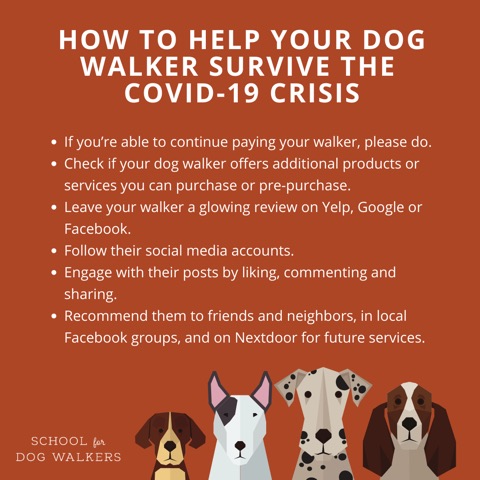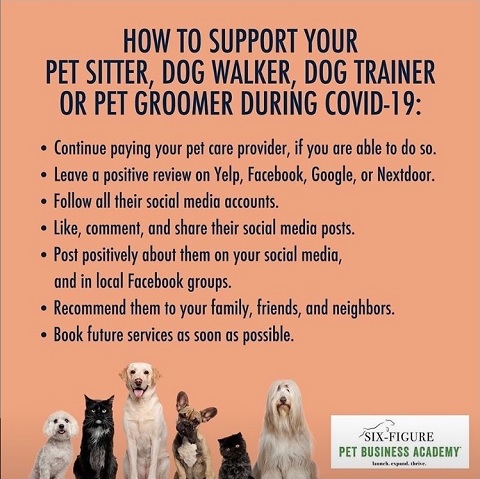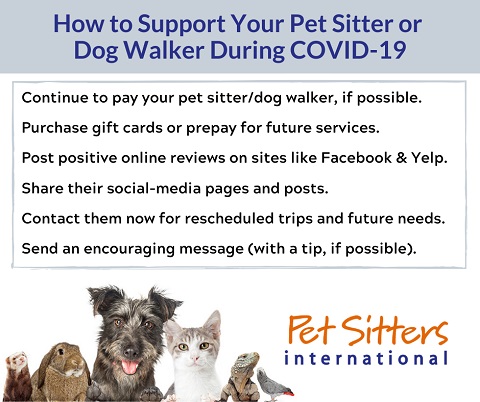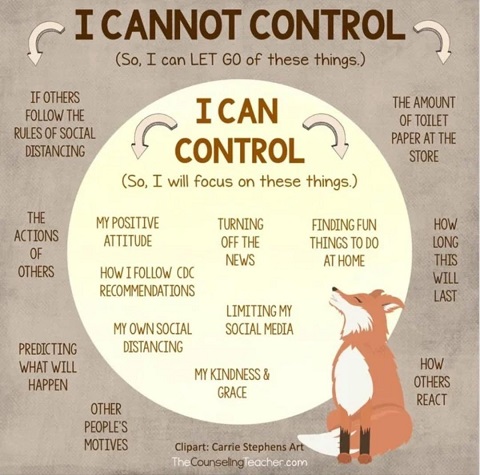At Content Marketing World last year, a fellow speaker asked, “Can you help me set up a new LLC?”
“Sure. That’s easy.”
“And can you write me a one-page partnership agreement?”
<record scratch>
(Speechless)

Why a One-Page Operating Agreement is a Bad Idea
If a client sent me a one-page contract to review, that would set off massive red flags. My first thought wouldn’t be “Let’s see what it says,” but rather, “Let’s see how many gaps are in it.”
Because here’s the thing, unless your contract is written in tiny font that requires a magnifying glass to read a la Willy Wonka and the Chocolate Factory, the chances that your contract covering the scope of your needs is slim and none.
Is that contract even valid since it was signed by an 11 year-old?
Probably not, but that’s a different issue.
Your operating agreement is the master document for your business. Its job is to put everyone one the same page about how you’re going to run the business, each owner’s rights and responsibilities, and how you’re going to resolve problems when they occur.
And don’t forget the standard legal boilerplate verbiage that goes in almost every contract.
When a client engages me to write their operating agreement, I start by sending them 31 questions that I recommend their operating agreement answer.
What It Really Means When You Ask for a One-Page Agreement
When a prospective client says they need a one-page agreement, I assume they want something that’s simple and cost-effective. They might be looking for whatever is one step above searching the internet for a free template. They don’t need something that’s complicated or expensive.
Keeping this in mind, my brain grappled with the possibility to creating a one-page operating agreement:
What if we kept it bare bones super simple?
I could write a simple operating agreement that requires a unanimous vote for all decisions, but no one runs a business that way. Plus, there should be a mechanism to “vote someone off the island” if they’re not doing their job, or worse, hurting the business. That wouldn’t be possible if a unanimous vote was required.
Could we make it a one-page agreement?
Without committing malpractice? I doubt it.
What if we made it almost like a template, where we provide the framework, but then they’d fill in the blanks? It might be more than one page, but it would be more cost-effective.
Maybe to create, but we’d be doing them a disservice in the long run. What if they didn’t understand what information was needed to write an effective contract? You’ve seen the number of people who ask for help or suggestions when answering the usual 31 questions. If there ever was a dispute, they could end up spending more money on legal fees fixing a problem that we could have helped the avoid if we’d written them an effective operating agreement in the first place.
What’s the minimum that an operating agreement needs to cover?
Who are the owners of the LLC, the purpose of the business, each owner’s responsibilities, what decisions requires a unanimous vs majority vote, how deadlocked votes will be resolved, what happens if someone wants to leave the company or dies, what happens if the other owner(s) want to kick someone out of the company, how contract disputes will be resolved, plus the standard boilerplate terms that go into every contract.
We can’t fit all that on one page.
No, we can’t.
If we can’t create a one-page operating agreement, what’s the most cost-effective way to write an operating agreement?
Hmm…it might be to have them tell us everything they’ve already agreed on about how they want to run their business, and then draft the operating agreement, addressing the issues they haven’t mentioned based on what we think is in the company’s best interests, and let them suggest edits from there.

Your Operating Agreement is an Investment
Your operating agreement is the master document for how you and your co-owner(s) are going to run your business. Too many people are so excited to start the business that they jump into running the business before they have their foundational pieces in place, and it bites them in the butt when things go sideways.
Taking the time to create an effective operating agreement can be a litmus test to see how you are your co-owners handle difficult conversations. If you can’t come to a consensus on how to run your business, you shouldn’t be in business together.
The best time to create your operating agreement is at the beginning of the business relationship, when everyone is optimistic and thinking about what’s best for the business. If you wait until there’s a problem to draft this, you and your co-owner(s) may be more interested in protecting your selfish interests or let your anger influence the agreement’s terms.
Even though I make more money fixing problems, I prefer to help my clients prevent problems, or at least make them easier to navigate. A business divorce can be as stressful and expensive as a romantic divorce.
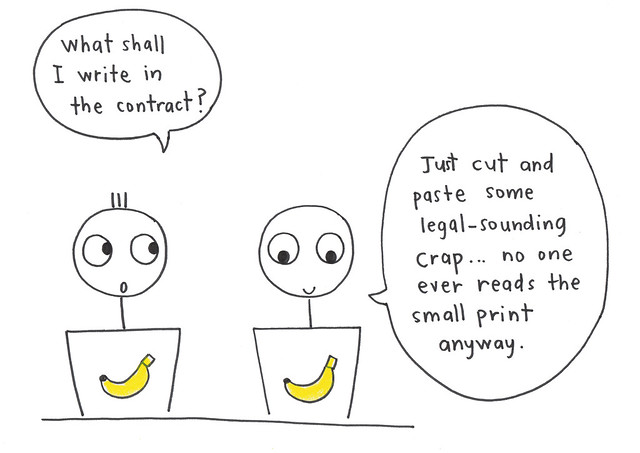
More Free Helpful Information for Your Inbox
If you enjoyed reading the banter that goes on in my head, please subscribe to Ruth & Consequences. This fortnightly newsletter contains helpful information for professional creatives and entrepreneurs, especially those who couldn’t fit in, even if they tried.












